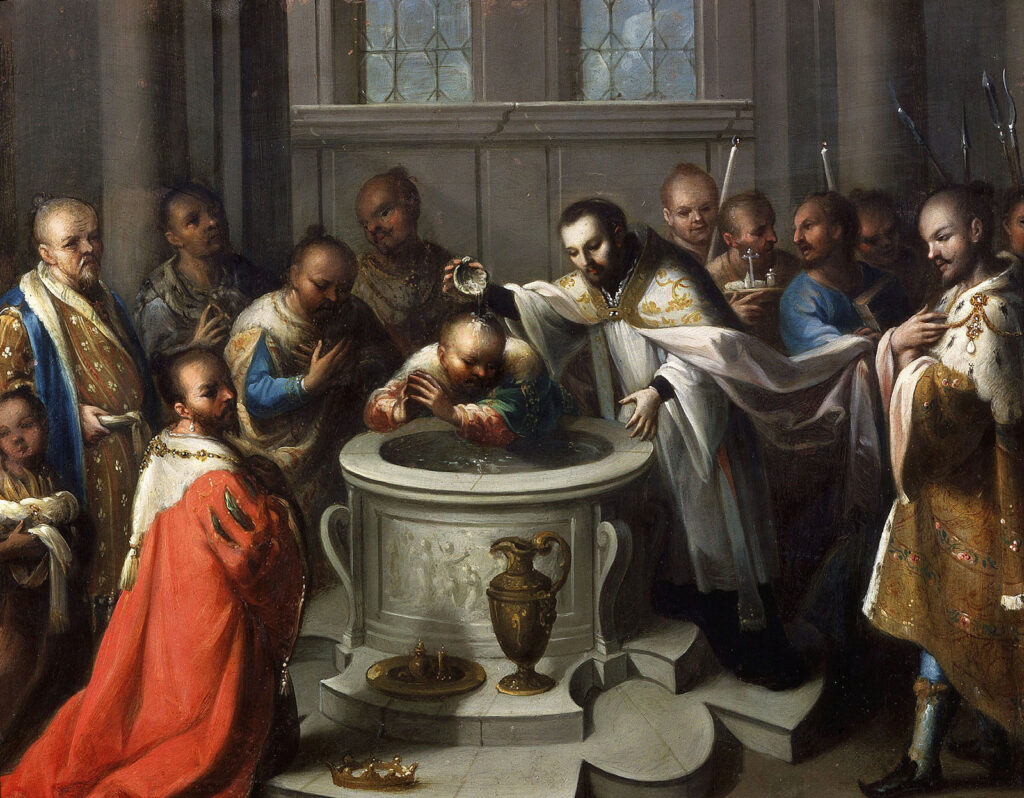St. Francis Xavier
St. Francis Xavier
This saint, one of the Church’s most illustrious missionaries, came from a noble Basque family in Spain. He studied at the University of Paris, where he taught philosophy after obtaining his degree of master of arts. Here he met Ignatius of Loyola and was enrolled as one of the first seven Jesuits. They decided to go to the Holy Land, but the war between the Turks and Venice prevented this, so for a time Francis labored at Padua, Bologna, and Rome.
In 1540 Ignatius chose him as the first missionary to the Portuguese East Indies. Francis sailed from Lisbon armed with four papal briefs making him nuncio with full powers and recommending him to the Eastern princes. He landed at Goa in India and began a vast apostolate lasting over ten years. Here he instructed the adults, gathered the children by ringing a bell in the streets, catechized them, and also visited the hospitals and prisons. He then turned to the native Indians, teaching the simple folk by versifying Catholic doctrine and fitting the verses to popular tunes. He then went on to Cape Comorin and began the conversion of the Paravas, some days baptizing so many that at night he could not raise his arm from fatigue. Then to Travencore where he founded forty-five churches in various villages. Then to Malacca in Malaya, and for eighteen months from island to island, preaching, instructing, baptizing.

On his return to Goa he heard of the vast harvest of souls awaiting the laborers in Japan and he set out for this field with several companions, arriving at Kagoshima in 1549. He set himself to learn the language and started to preach and teach with such success that twelve years later his converts were found still retaining their first fervor. In 1551 he returned to Malacca to revisit his converts in India. Now a new goal loomed up before his eyes—pagan China, but he was not to reach it.
Arriving on the island of Sancian at the mouth of the Canton river, he became ill of a fever and would have died abandoned on the burning sands of the shore if a poor man named Alvarez had not taken him to his hut. Here he lingered for two weeks, praying between spells of delirium, and finally died, his eyes fixed with great tenderness on his crucifix. He was buried in a shallow grave and his body covered with quicklime, but when exhumed three months later it was found fresh and incorrupt. It was taken to Goa where it is still enshrined. St. Francis Xavier was proclaimed patron of foreign missions and of all missionary works by Pope St. Pius X.
Excerpted from A Saint A Day by Berchmans Bittle, O.F.M.Cap